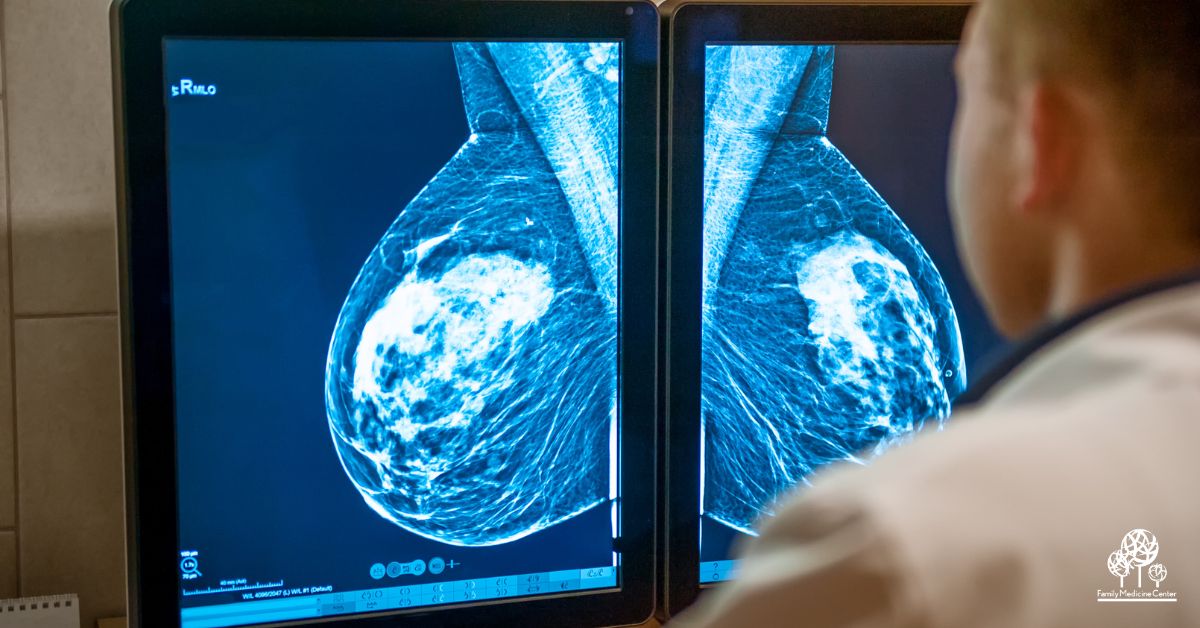Also known as digital breast tomosynthesis, 3D mammograms offer a clearer, more accurate view of breast tissue. Discover how this advanced screening technology can benefit you.
When it comes to breast cancer detection, accuracy matters. And in recent years, a new tool has emerged to improve early diagnosis and reduce unnecessary stress for patients: the 3D mammogram.
Also called digital breast tomosynthesis, a 3D mammogram provides a more detailed and layered view of breast tissue, making it easier to detect abnormalities, especially in dense breasts. It’s a game-changer for both patients and doctors alike.
Here’s how it works, who benefits most, and why more people are choosing 3D over traditional screenings.
🖼️ What Makes It “3D”?
Unlike traditional 2D mammograms, which take flat X-ray images from just two angles, 3D mammograms capture multiple images from different angles. These images are then digitally layered to create a three-dimensional picture of the breast.
👀 What to watch for: If you’ve been told you have dense breast tissue, or your previous mammograms were hard to interpret.
💡 Pro tip: 3D technology helps reduce the chance of being called back for additional imaging due to unclear results.
🔍 Greater Accuracy, Earlier Detection
3D mammograms are especially helpful in detecting small cancers that might be hidden by overlapping tissue in 2D scans. They’ve been shown to improve cancer detection rates by up to 40% and reduce false positives.
🤓 Interesting note: With clearer images, doctors can spot suspicious changes earlier, giving you more options and better outcomes.
💬 Sound familiar? You’ve had a mammogram before but found the experience stressful due to unclear results or call-backs.
📊 Who Should Get a 3D Mammogram?
While 3D mammograms are safe and effective for all women, they are especially beneficial for women with dense breasts, a family history of breast cancer, or those between the ages of 40–74 undergoing routine screening.
👀 What to watch for: Family history of breast cancer, previous inconclusive scans, or high anxiety around breast exams.
💡 Pro tip: Ask your healthcare provider whether 3D mammography is right for your screening schedule. It’s often covered by insurance.
🧘♀️ Comfort and Convenience
The procedure for a 3D mammogram is nearly identical to a 2D one, with no significant difference in time or discomfort. You’ll stand in front of the machine, your breast will be gently compressed, and the camera will sweep in an arc to take multiple images.
💡 Pro tip: Try to schedule your mammogram when your breasts are least tender, usually one week after your period.
A more complete picture means less guesswork and more peace of mind. Whether it’s your first mammogram or part of your ongoing care, 3D technology gives you and your doctor the best chance at catching potential problems early, when they’re most treatable.
Clarity You Can Count On
We’re committed to providing the most advanced and compassionate care possible, including access to 3D mammograms for clearer results and greater confidence.
📞 Call (242) 702-9310 to schedule your mammogram or learn more about 3D screening from our OB/GYN Dr. Nina Graham.

